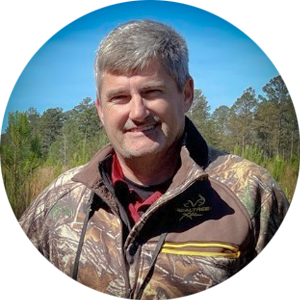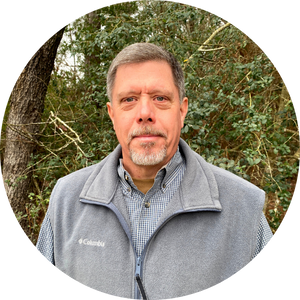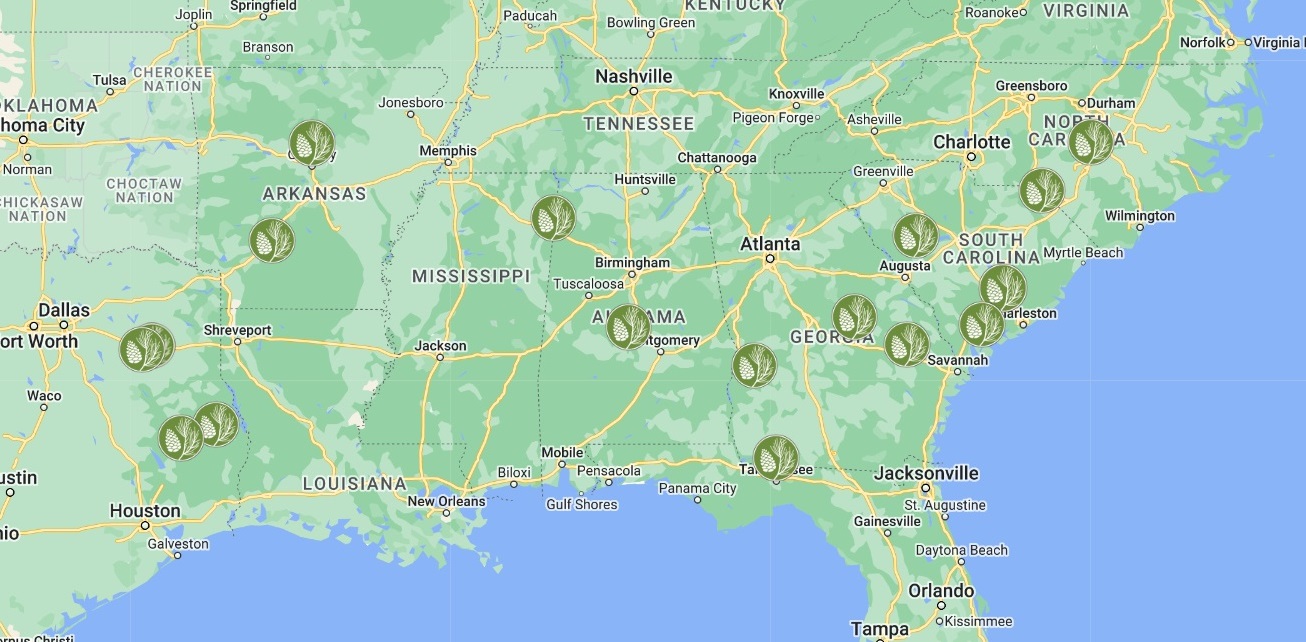Forest landowners often begin thinking of reforestation before the final harvest and must consider their specific site characteristics. Although individual properties can present their own unique set of challenges, proper planning can ensure the best outcome possible. Many things are not within our control, and thinking about simple problem-solving, we would like to consider the aspects we can manage to limit our exposure to self-made problems. We will be visiting several challenging sites and speaking with people about what was done to limit the potential issues and good practices to give the property its best shot at maximizing the final results. These are instances where topography, soil types, average rainfall, and even markets play an essential role in the success of the tracts. Financial considerations have always been an important driver when making decisions. Smart forestry considers several avenues to give a landowner a good return on their investment. For this series, we will focus on growing quality logs as the objective as opposed to other land uses.
When preparing a final harvest, plan ahead for the reforestation project so that timing will not interfere with the results you are trying to achieve. Timing and financial consideration are a valid concern in today’s economy. It is also important to think about the availability of workers and equipment that is feasible or effective and how to manage all these colliding items that may take place in short order to put you on the best path forward to achieve the results you are looking for in the future.
Let’s take a look at this 1,500 acre tract in Morris County, Texas. Half of it has been harvested, and 2.5, 1.5, and 0.5-year-old seedlings are currently present, with more on the way this next season.



The site shows several large iron ore mounds and some extreme side slopes with old timber standing. With these slopes, you expect to see a fair amount of erosion and silty soil down below, which begs the question about managing this like two or more different sites. What do we do with the potential for drought conditions and extremely high, prolonged temperatures in Texas combined with differing soil types and other woody competition? What is the appropriate prescription for the site?



You also have to think about some unknowns, like what the market will be like and how you can be prepared for changes. You have to wonder about releasing problem weeds, wood, and grasses when harvesting and what the impact could be on the new stand. Maybe some problem areas naturally take themselves out of the equation altogether, and it makes more sense to do another unrelated practice there. Ultimately, you roll all of this up and find that you cannot afford to do everything, or it has some other impact you cannot ignore.
How do you prioritize and complete tasks that will give you the best chance of success?
We want to thank Buddy Rosser of Dean, Youens & Rosser for allowing us to share this example with you in hopes that it will promote more questions and thinking through the impact you can have on the property you manage.













